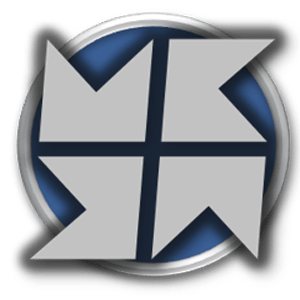The business cost for profile cutting on machines has been and still is primarily driven by Front End Time, Material Utilisation, Sequence Optimisation and Customers expected delivery dates where ever increasing demands are placed on suppliers to be more flexible on batch size and with quicker turn a rounds (Sound Familiar)?
A key supporting tool to be able to achieve this is CAD CAM Nesting, where the business can take multiple shapes place them down on a sheet of material in the most efficient manor they or software can.
CAD CAM Nesting can comprise of different methods and styles which are available in today’s market and are usually broken down into the following sub sections.
- Manual Nesting
- Manually picking and placing the parts on the sheet.
- Layout Nesting
- Usually taking a shape and filling a sheet with it.
- Job / Dynamic Nesting
- Multiple shapes, different quantities which are calculated and placed in the most efficient manor by a computer generate nesting algorithm which generally comprises of two methods.
- Geometry then tool nesting.
- Tooled part nesting.
Focus: Job / Dynamic Nesting – The Metamation Way
The Metamation software supports multiple nesting styles including Manual, Layout, Automatic and Semi-Automatic options with a wealth of configurability all of which are designed to drive consistent, reliable results that can give you quicker front end cycle times and improve your material utilisation or provide you with a strong offcut / remnant feature to reuse left over material later on.
How do we do it?
First up our Job / Dynamic nesting module is based on tooled part nesting, what this means is we nest with parts that have all the relevant profile cutting assigned to the part which allows the nest engine to be more efficient as it already has tooling boundary and lead-in information built in. This approach means you can create parts with or without complexity processing rules and be guaranteed that no matter when you recall these parts for nesting the tooling and sequencing contained in the part will be used saving you rework and manual adjustments in comparison to geometry based nesting systems.
Snippet: – “Metamation work with many customers (Large and Small) on CAD/CAM automation projects and can completely optimise the nesting and sequencing process”. How much time do you spend nesting? How much time do you spend adjusting sequencing or using text based script sequencing?
Nesting Algorithms
Nesting algorithms are the heart of CAD CAM nest engines which will attempt to place your part geometry in the most optimal positions on the sheet. However not all machines work the same way and not all manufacturers have the same requirements. At Metamation we provide multiple different algorithms which are based on the type of machine being used, different part styles and secondary sheet processing along with Common Line Cutting (CLC) options.
Common Line Cutting
CLC will optimise your cutting time and can allow you to place more parts on a sheet giving you higher material utilisation and an overall reduction in part cycle time, however… CLC has situations where you may want to use it in a semi optimised way for example to obtain higher sheet stability. Metamation’s solution to this is not only a full CLC option but also an optimised method called paired parts where common parts will be matched up to share an edge and nested accordingly as a pair. This will still give utilisation benefits but also allow for more sheet stability, you can even generate nests on full CLC and have individual parts set to no common line, giving you some of the most flexible automated nesting options available in today’s market.


